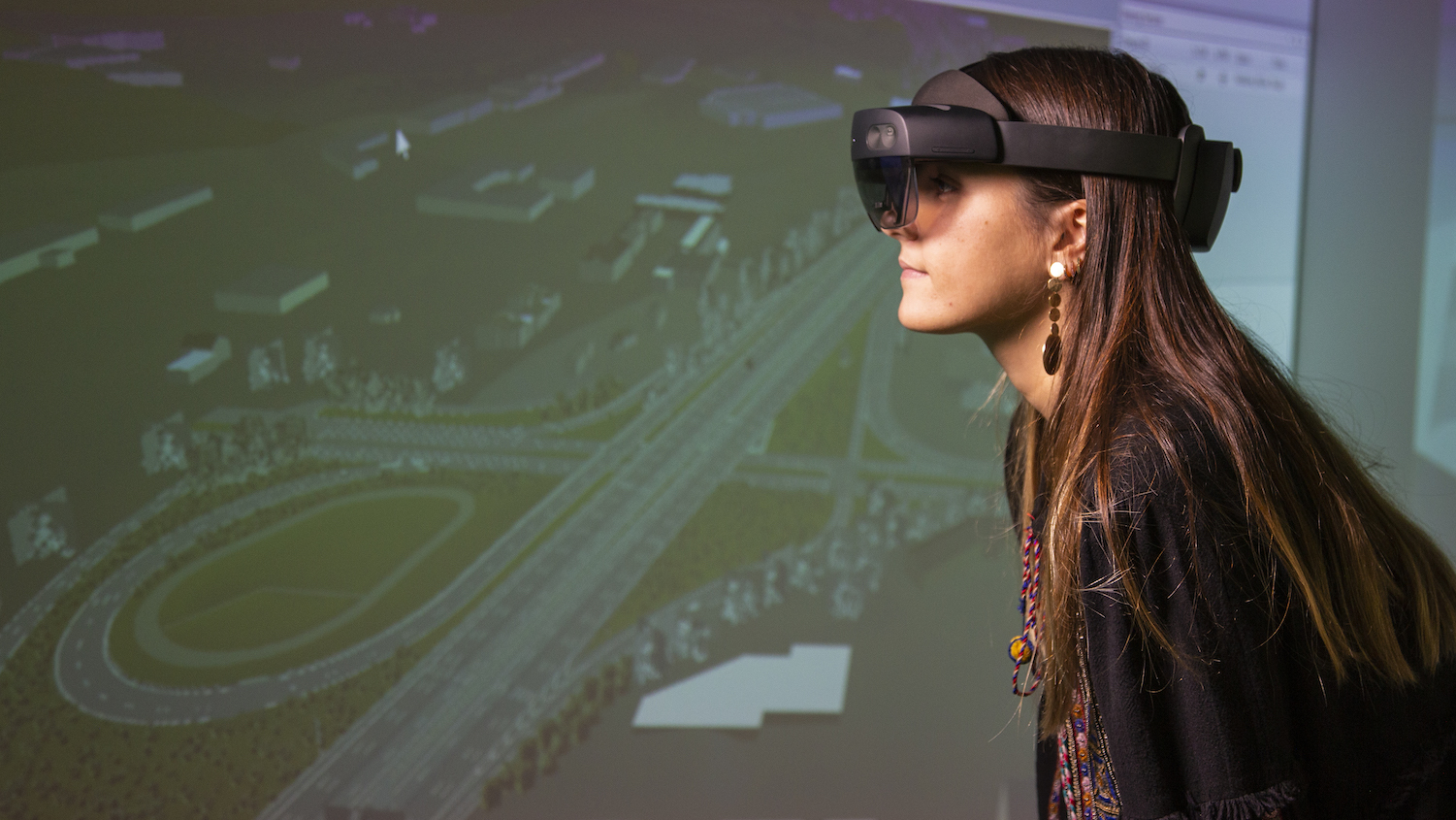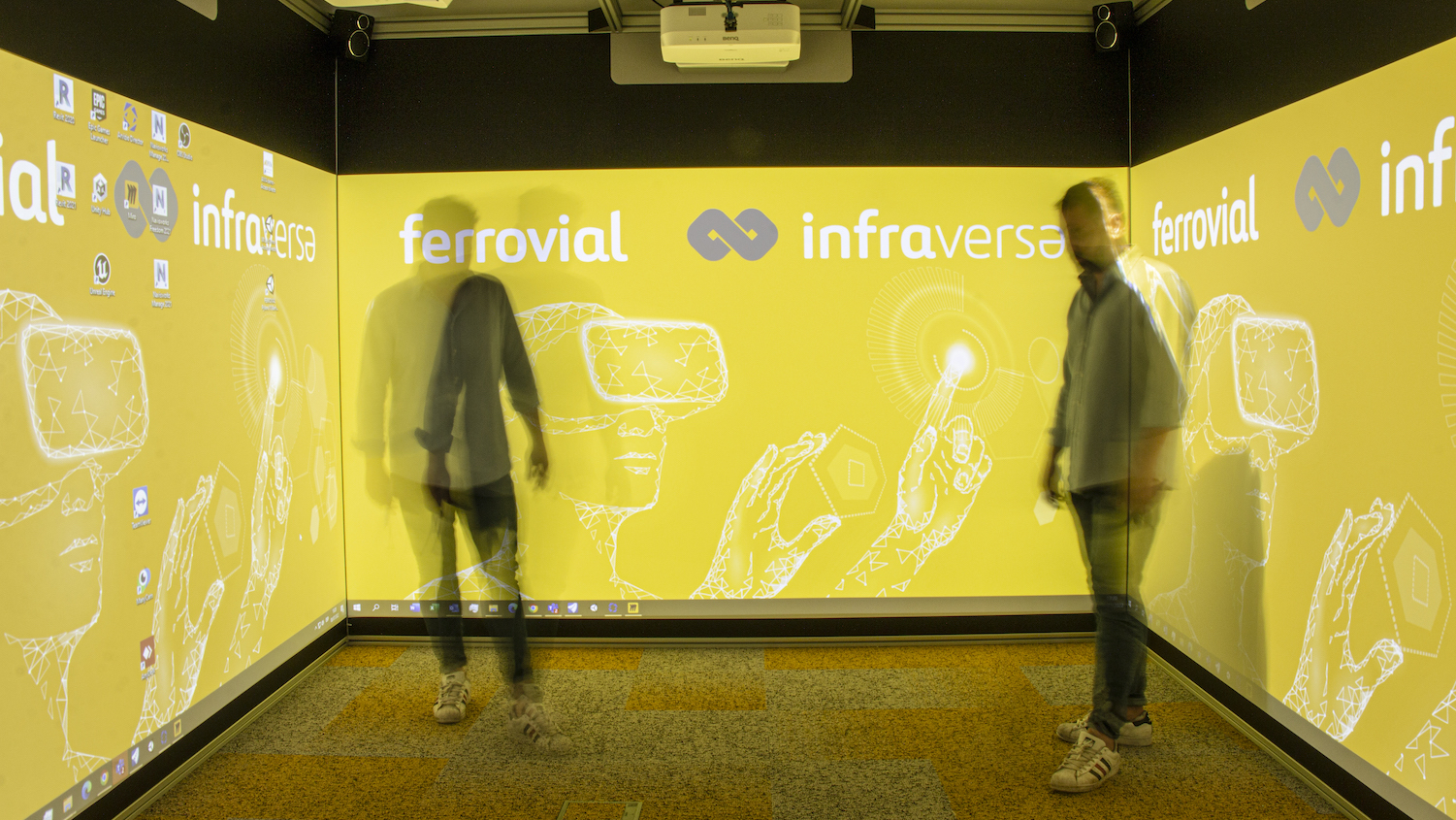
Ferrovial has launched its global digitalisation and virtualisation strategy for infrastructure. Known as Infraverse, the strategy brings infrastructure and the metaverse together.
Infraverse brings together technologies such as virtualisation, augmented reality, AI, behavioural science, stakeholder engagement, simulation and digital twins, with robust data as a bedrock and a focus on the full asset lifecycle. Ferrovial has used the technologies to varying degrees on 10 major projects, and has generated 100 business cases.
Ferrovial is using an open ecosystem of technology companies, including major names such as Microsoft, Bentley Systems, Autodesk, Nvidia, Salesforce and game engine developers Unity and Unreal Engine. The strategy acknowledges the need to work globally and therefore the need to work with other sector and regional technology providers.
Rafael Fernández, innovation director at Ferrovial, said: “For the first time, we are combining advanced visualisation technologies and virtual gaming environments with the operation of real transportation and energy infrastructures. Immersive environments that combine the real world and virtual reality enable interaction between the two and have direct applications in the company’s everyday activities. This interaction affords Ferrovial a strong degree of flexibility in design as well as efficiency in asset management and operation. It also improves safety for workers and users.”
He added: “In combination with other advanced technologies such as AI and 5G connectivity, we are driving a new generation of sustainable transport infrastructures to offer our clients efficient solutions, as well as achieving advanced operation throughout the asset lifecycle.”
Remote immersive collaboration

BIMplus undertook a whistle-stop tour of some of Ferrovial’s projects that have already deployed the technologies under the Infraverse banner.
The tour took place from the safety of the mission control room in Ferrovial’s Chiswick, west London office. Known as an Infraverse-lab (pictured above), it’s a Mission Room collaboration space with floor-to-ceiling touch screens. It connects with similar rooms in the Madrid and Austin, Texas, offices, and allows teams in one lab (room) to collaborate remotely with teams in the other labs, using the same data sets and programmes. The fourth wall (with its floor-to-ceiling touch screen) opens and closes, offering a 360-degree experience for users. Ferrovial expects to open more labs later this year.
Our tour was conducted by Darren Anderson, head of the Ferrovial centre of excellence for asset management and process digitisation. He highlighted the creation of an immersive 3D model of the North Tarrant Expressway in Texas to assess road users’ response to different scenarios. Those scenarios include hazards (accidents and lane closures, for example) and changing lighting and weather conditions. The model can simulate road users’ response to roadside messaging, allowing Ferrovial to test before deployment in the real world.
With autonomous vehicles in mind, Anderson also revealed that Ferrovial can simulate the impact of traffic flow and obstructions on 5G signal strength for vehicle-to-vehicle and vehicle-to-infrastructure communications. The AIVIA simulation system allows Ferrovial to optimise the location of sensors along a road.
Predicting people movement
BIMplus was then transported via the lab to a new airport terminal design for a simulation of travellers navigating their way through that building. With data including flight schedules and traffic numbers, the system (running off the Unity game engine) analyses the impact of the interior design on the movement of travellers. For example, it allows an operator to throw an alarm switch to see how travellers would find their ways to the emergency exits.
The lab allows a further extension of this beyond AI-generated actors: a human being can don a headset and navigate their way through the virtual airport terminal.
Headsets are also being used for virtual safety training.
Don’t miss out on BIM and digital construction news: sign up to receive the BIMplus newsletter.














